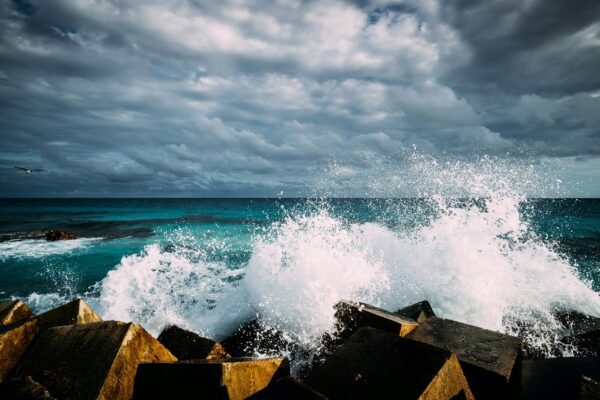A Massachusetts Institute of Technology team is hoping to fortify coastlines with “architected” reefs — sustainable, offshore structures engineered to mimic the wave-buffering effects of natural reefs while also providing pockets for fish and other marine life.
The team’s reef design centres on a cylindrical structure surrounded by four rudder-like slats. The engineers found that when this structure stands up against a wave, it efficiently breaks the wave into turbulent jets that ultimately dissipate most of the wave’s total energy. The team has calculated that the new design could reduce as much wave energy as existing artificial reefs, using 10 times less material.
Credit: Ricky Esquivel/Pexels
The researchers plan to fabricate each cylindrical structure from sustainable cement, which they would mould in a pattern of “voxels” that could be automatically assembled, and would provide pockets for fish to explore and other marine life to settle in. The cylinders could be connected to form a long, semipermeable wall, which the engineers could erect along a coastline, about half a mile from shore. Based on the team’s initial experiments with lab-scale prototypes, the architected reef could reduce the energy of incoming waves by more than 95 percent.
“This would be like a long wave-breaker,” says Michael Triantafyllou, the Henry L. and Grace Doherty Professor in Ocean Science and Engineering in the Department of Mechanical Engineering. “If waves are 6 meters high coming toward this reef structure, they would be ultimately less than a meter high on the other side. So, this kills the impact of the waves, which could prevent erosion and flooding.”
Details of the architected reef design are reported today in a study appearing in the open-access journal PNAS Nexus.
To read the full paper click here
